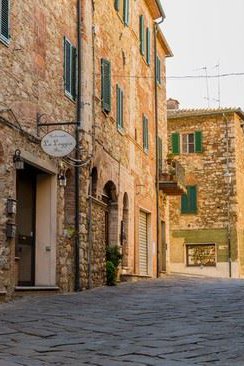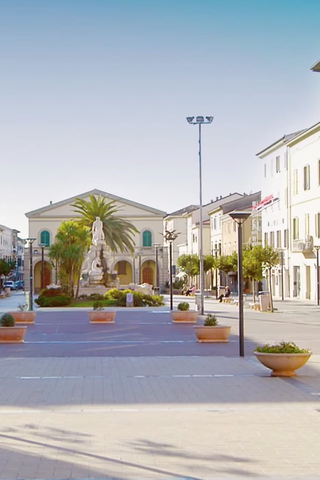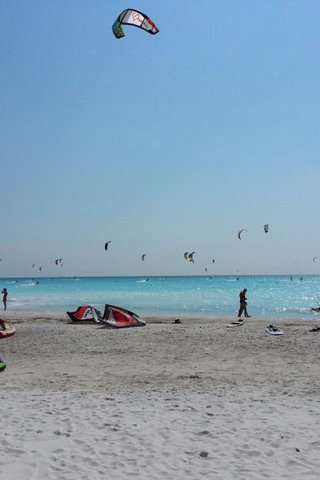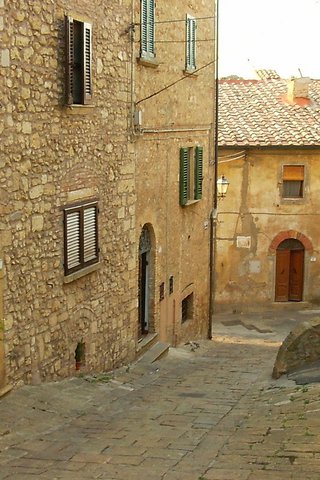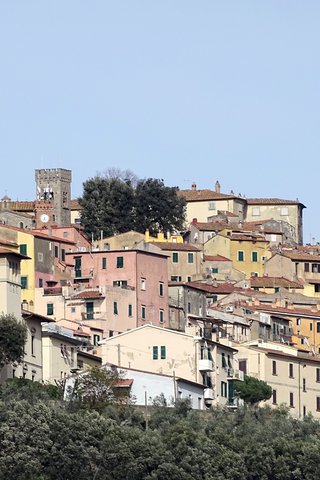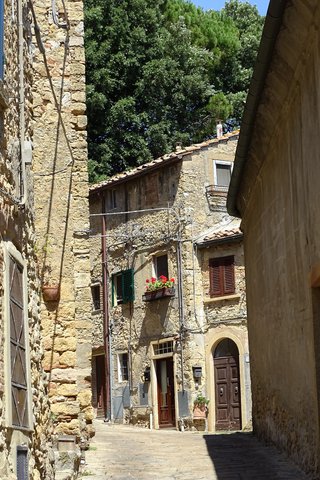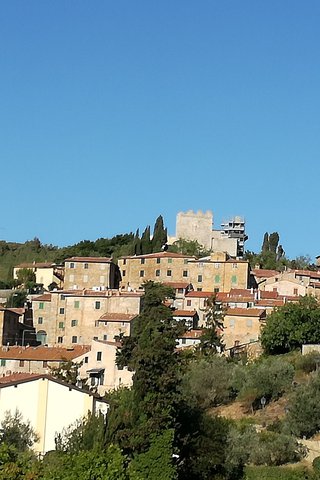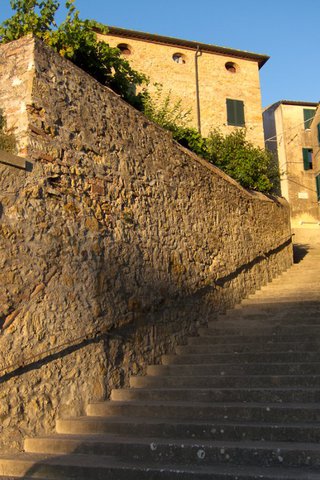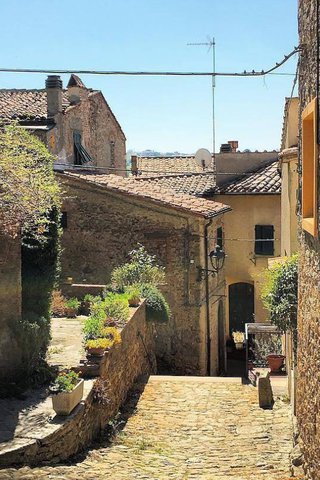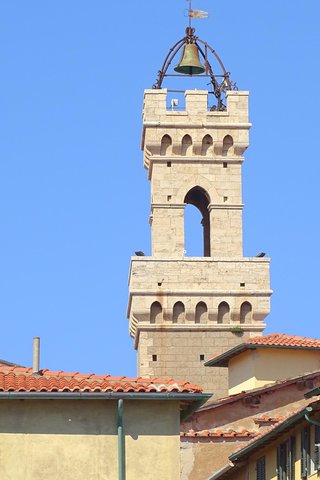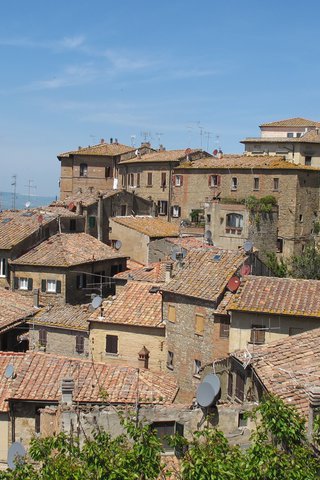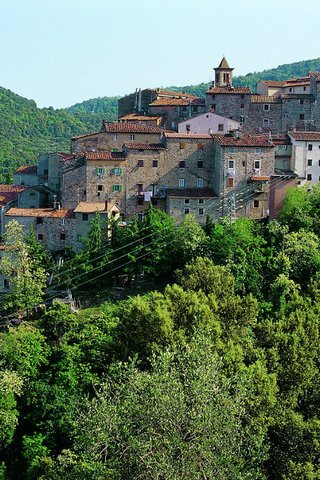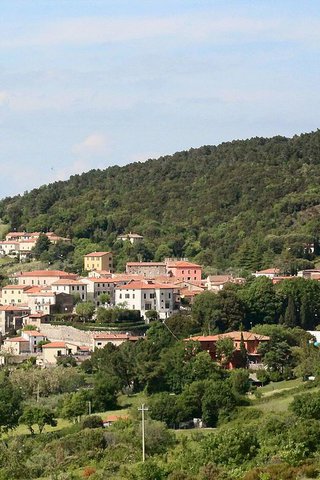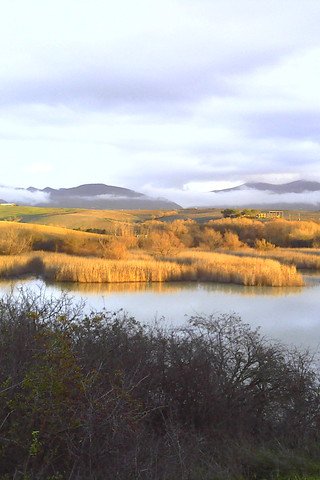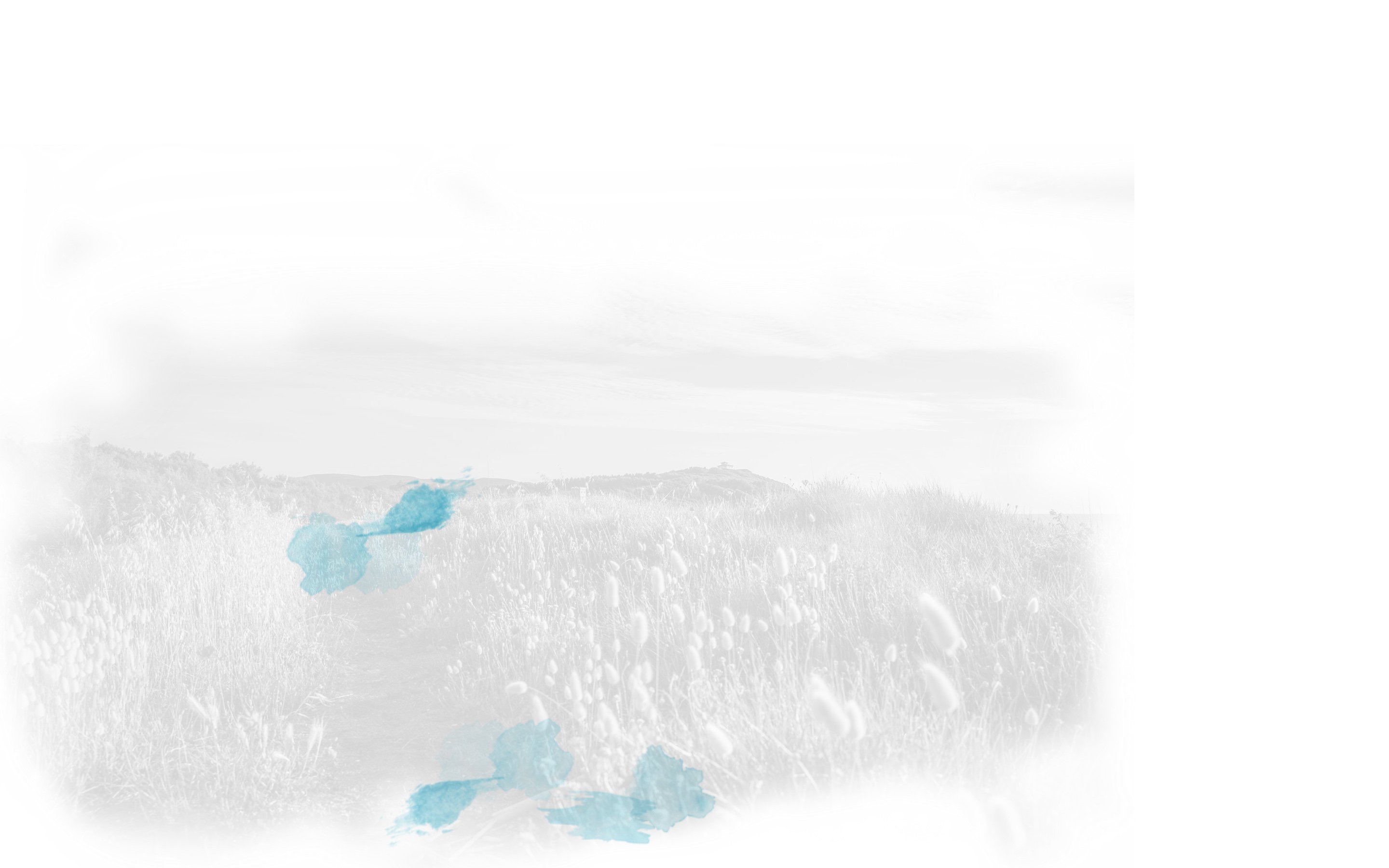
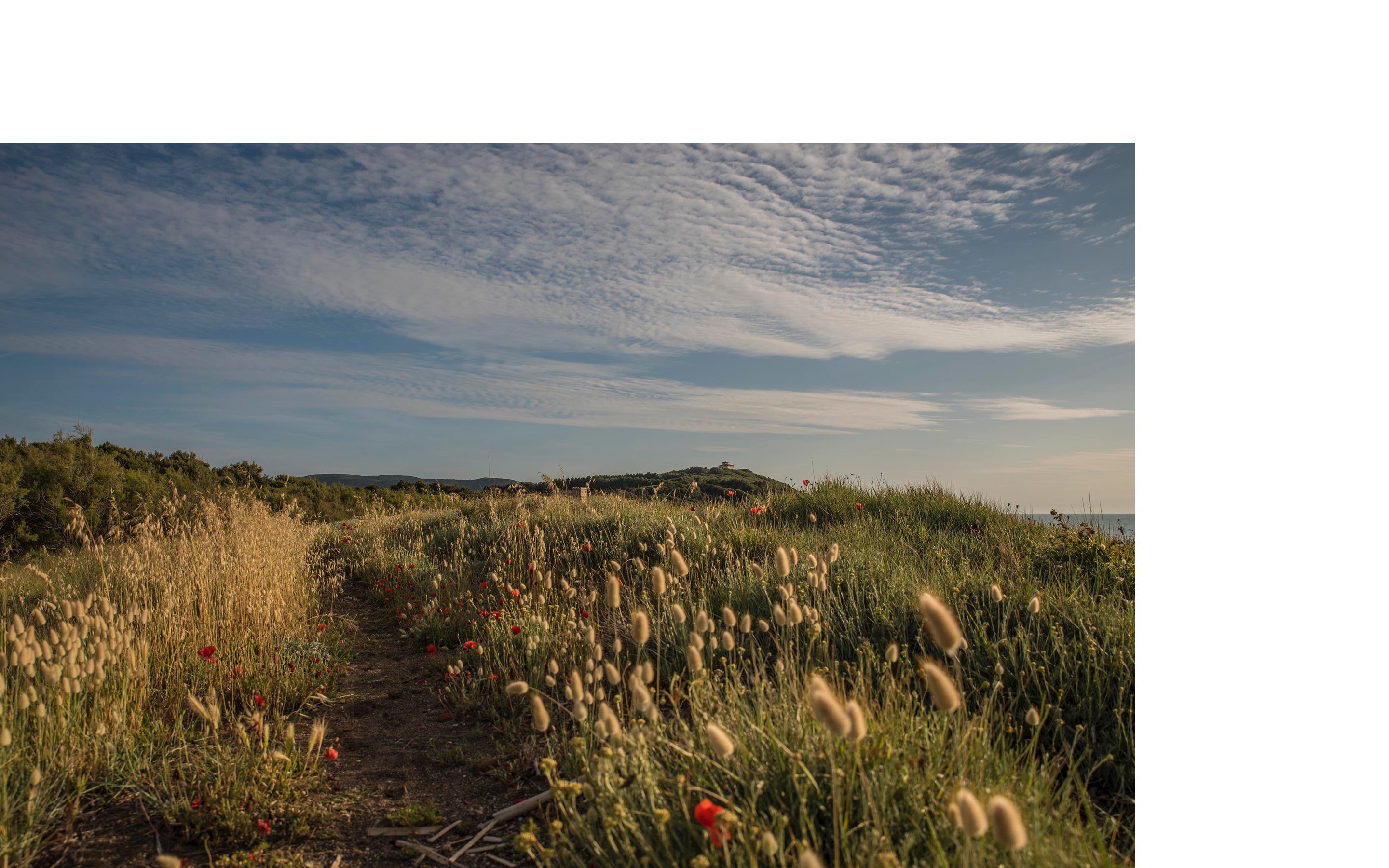
THE ETRUSCAN COAST
A coastline to discover
There is a place in Tuscany made of sea sand and hill rock. It is a place that smells of salty sea air and pine twigs, of must and pressed oil, resplendent with rows of lofty vines and silvery olive leaves. The sea baptizes it with the foam of the cavalloni, the hill encircles it with its tender embrace, the sun dyes it yellow, the wind gives it the breath of the Mistral. Sweet, fresh, powerful breath.
Amongst the woods, one discovers ancient villages of small stone houses and red tile roofs; to the west, on the other hand, the saltiness kisses the villas lying on the shoreline or among the rocks, languid and decadent like noble ladies. There is beauty in every corner, on the soil of this land that runs from Livorno down to Piombino, and a sacred grace to be preserved. A wealth that the Etruscans already discovered and that their descendants, today, preserve and protect. Yes, because this place is inhabited by a special people. People of the sea and the bush, fishermen, farmers and hunters, great cooks, vine-dressers, counts, marquises and princes. Artists, above all. People without a watch who would not live anywhere else, because elsewhere they are not here.
And if they do, they pine for nostalgia.... welcome to the Etruscan Coast. The Video
Estate 2018: la tartaruga di mare Caretta Caretta ha deposto le sue uova sulla spiaggia del Parco di Rimigliano, nel comune di San Vincenzo. Nei mesi estivi (tra giugno ed agosto) si danno convegno nelle zone di riproduzione, al largo delle spiagge dove sono nate (grazie alla loro capacità di ritrovare la spiaggia di origine, dopo migrazioni di migliaia di chilometri).
Sulla spiaggia depongono fino a 200 uova, disponendole in buche profonde, scavate con le zampe posteriori. Le ricoprono con cura, per garantire una temperatura d'incubazione costante e per nascondere la loro presenza ai predatori. Completata l'operazione, fanno ritorno al mare.

